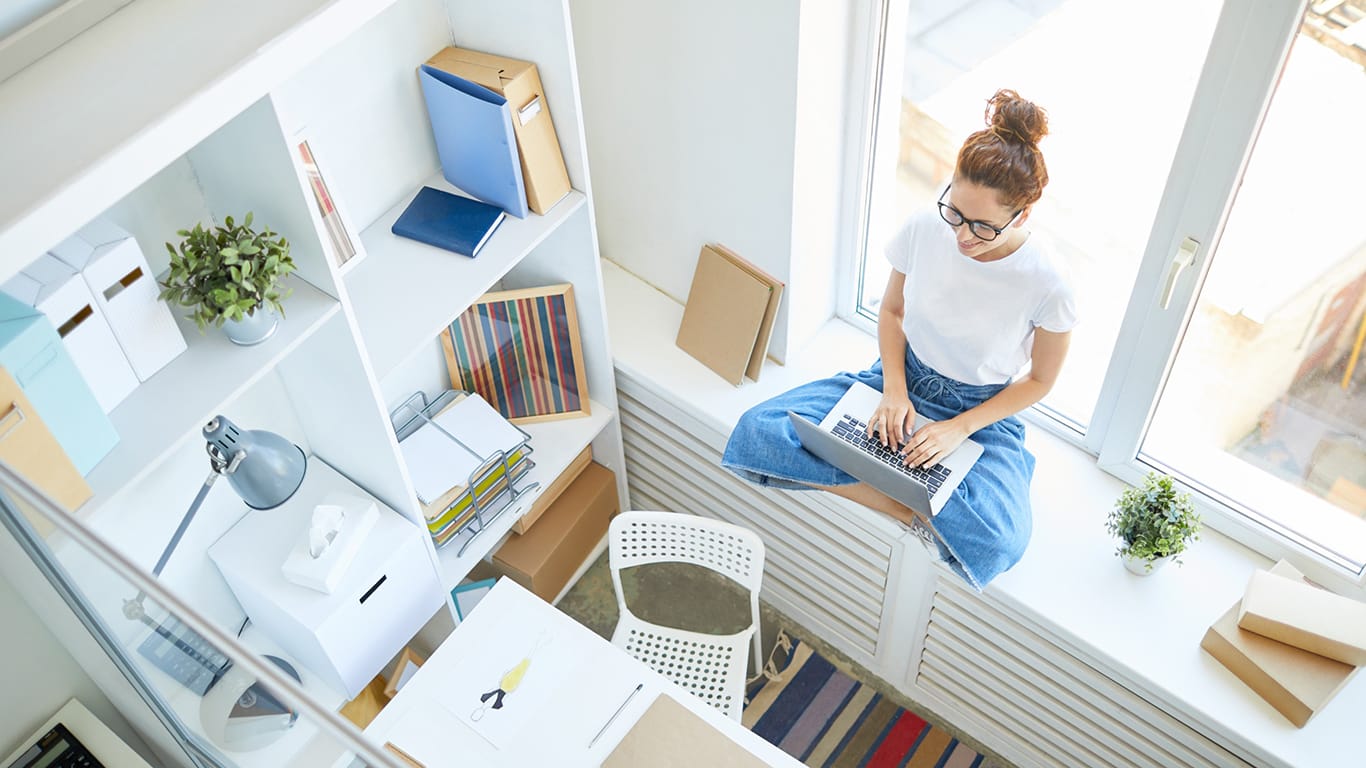Living alone offers a unique sense of independence and freedom. For many individuals, particularly those with chronic medical conditions, it represents a lifestyle of dignity and self-reliance. However, this independence comes with its own set of challenges.
For people with medical concerns such as heart disease, diabetes, mobility limitations, or seizure disorders, solo living can pose risks that require careful consideration. Safety becomes a top priority, not just for the individual but also for their loved ones.
DEEPER DIVE: 20 emerging business categories gaining traction in Arizona
The importance of creating a secure living environment cannot be overstated. Safety measures for those with medical conditions must be proactive rather than reactive. From smart technologies to lifestyle adaptations, various strategies can be employed to ensure that individuals remain safe, healthy, and independent while living alone.
This article explores practical steps and solutions that can enhance the quality of life for people managing medical conditions in a solo-living setup.
Enhancing Response Capabilities with Medical Alert Systems
One of the most critical areas of safety for individuals with medical conditions is the ability to receive immediate assistance in case of an emergency. Whether it’s a fall, a sudden drop in blood sugar, or a cardiac episode, the minutes following a medical crisis are vital. This is where medical alert systems come into play.
These systems typically consist of a wearable device—such as a pendant or wristband—that, when activated, connects the user with a call center or emergency service. Advanced models also include fall detection, GPS tracking, and two-way voice communication, offering both peace of mind and functional support.
For individuals living alone, these tools act as a lifeline, significantly reducing the time between the occurrence of an emergency and the arrival of help.
A notable option within this category is the range of medical alert products by Life Assure. These products are designed with simplicity and accessibility in mind, ensuring that even those with limited mobility or cognitive challenges can operate them easily.
Creating a Safer Home Environment
Modifying the home to meet specific medical needs is essential for solo dwellers with health concerns. Many accidents, especially among older adults or those with balance issues, occur in familiar settings. Therefore, prevention starts with optimizing the living space.
Flooring should be non-slip, particularly in areas like bathrooms and kitchens where moisture is common. Rugs must be secured or removed altogether to prevent tripping. Installing handrails in hallways, bathrooms, and staircases adds extra support and stability. For individuals who use mobility aids like walkers or wheelchairs, doorways should be wide enough to accommodate them, and thresholds should be flattened or ramped to allow for smooth transitions.
Lighting is another key factor. Every room, hallway, and stairwell should be well-lit to prevent disorientation or missteps. Motion-sensor lights can be particularly helpful for nighttime navigation.
Technology as a Silent Caregiver
Beyond medical alert systems, other forms of technology have emerged as essential tools in promoting safe and independent living. Smart home devices, for instance, provide a range of functionalities tailored to support medical needs. Voice assistants can be programmed to remind individuals to take their medication, check blood pressure, or attend medical appointments.
Home security systems with integrated cameras allow family members or caregivers to monitor the individual remotely, offering reassurance without being intrusive. Additionally, smart thermostats can help regulate indoor temperatures, which is particularly important for individuals sensitive to heat or cold due to their medical condition.
Wearable health monitors are also making strides. These devices can track vital signs such as heart rate, oxygen levels, and sleep patterns, sending alerts if anything appears abnormal. This data can be shared with healthcare providers, ensuring that any concerning trends are identified early.
Establishing a Support Network
While technology and home modifications are essential, emotional and social support play an equally important role in solo living. Isolation can lead to deteriorating mental health, especially for individuals managing long-term illnesses. Therefore, maintaining a strong support network is vital.
This support network may include family, friends, neighbors, or professional caregivers. Regular check-ins through phone calls, video chats, or in-person visits can provide both emotional reassurance and practical oversight. Setting up a schedule for these interactions can create consistency and reduce feelings of loneliness.
For those without close family nearby, forming connections with community support groups can fill the gap. Many organizations cater specifically to individuals with medical conditions, offering social activities, educational workshops, and wellness programs that promote interaction and shared experience.
Planning for Emergencies
Preparation is the foundation of safety. Having an emergency plan tailored to one’s specific medical condition is crucial. This plan should include a list of emergency contacts, details about current medications, allergies, and health history. It should be printed, easily accessible, and stored in multiple locations—such as on the refrigerator, in a wallet, and in a secure digital format.
Practicing the emergency plan periodically ensures that the individual feels confident executing it under stress. This includes rehearsing how to use medical devices, whom to contact, and where to find essential supplies. If possible, sharing this plan with neighbors or nearby friends adds another layer of preparedness.
Emergency kits should also be maintained and periodically updated. These should contain first aid supplies, extra medication, bottled water, and non-perishable food. For those who rely on electricity for medical equipment, backup power solutions such as battery packs or generators should be considered.
Fostering Independence Through Routine
Living with a medical condition does not mean relinquishing autonomy. Creating a structured daily routine supports both physical and mental well-being. This includes regular meal times, medication schedules, exercise, and sleep patterns. A consistent routine reduces the risk of forgetfulness and can improve overall health outcomes.
Simple lifestyle habits can also enhance safety. Wearing non-slip footwear inside the home, staying hydrated, and managing nutrition all contribute to maintaining strength and alertness. Additionally, engaging in light physical activity tailored to one’s health status can improve balance and cardiovascular health.
Solo living for individuals with medical conditions is not only possible—it can be fulfilling and empowering with the right precautions and tools in place. By leveraging technology, modifying the living environment, and fostering a supportive network, the challenges associated with independent living can be significantly mitigated. Safety, dignity, and independence need not be mutually exclusive.




